Two American companies, competing over who will fly IDF soldiers on sensitive missions, present their helicopters side by side at ILA Berlin Air Show: Sikorsky-Lockheed Martin’s advanced yet expensive CH-53K King Stallion vs. the veteran Boeing CH-47 Chinook.
One of the decisions the IDF will have to make in the coming months pertains to the identity of the future heavy-lift helicopter for the transportation of fighters and combat equipment, which will replace the veteran CH-53 Sea Stallion (Yasur) that has been flying since the late 1960s.
The two American companies vying for the Israeli selection presented their helicopters several weeks ago side by side: Sikorsky-Lockheed Martin’s CH-53K King Stallion and the veteran Boeing CH-47 Chinook.
The CH-47, which has appeared in many action films and is famous for its two large horizontal rotor assemblies mounted one in front of the other, upgrades its blocks every few years but hasn’t changed much.
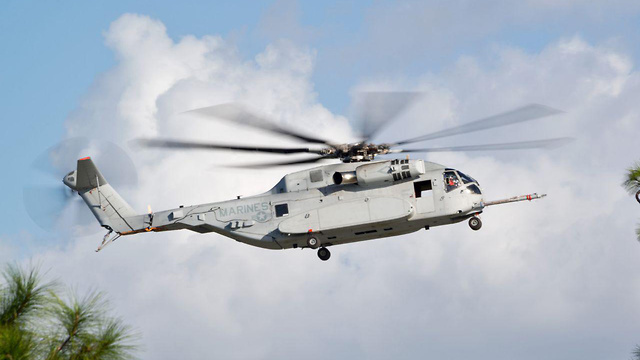
The two helicopters were presented side by side at the ILA Berlin Air Show in late April. The CH-53K King Stallion is considered the most modern and advanced heavy-lift helicopter in the world today. Its load capacity is 3 tons higher than the Chinook’s.
Its developers refer to it as a “smart helicopter” due to its automatic flight control system, deployed during landings and as well as takeoffs, which is highly effective in difficult weather conditions of fog or dust.
This element improves passengers’ safety, and its main advantage is allowing pilots to focus on carrying out their mission rather than on flying the helicopter.
The King Stallion’s disadvantage, however, is its high cost—almost double the cost of the Chinook—and that may affect its chances of being selected, in spite of the praise it has received from Air Force pilots who tested it several months ago in the United States.
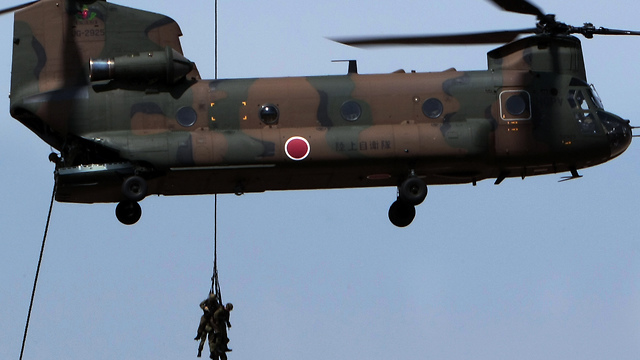
The current price tag of every CH-53K King Stallion is $87 million, compared to roughly $40 million for each CH-47 Chinook—the average cost of the 200 helicopters sold to the American Marines.
According to Reuters, each CH-47 Chinook was sold for $61 million in a deal with the Royal Netherlands Army.
The IAF plans to buy some 20 new heavy-lift helicopters—in other words, one squadron—which will replace the current CH-53 Sea Stallion squadron at the Tel Nof Base, whose life has been extended until 2025 following an upgrade of its tools.
In addition, the army plans to purchase several units of the Bell-Boeing V-22 Osprey tiltrotor aircraft. Both platforms are designated for sensitive, extensive missions at times of war and routine.
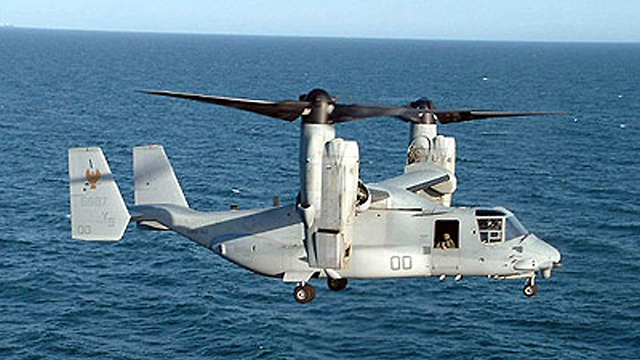
Another concern pertaining to the CH-53K King Stallion is the delivery date, if Israel indeed decides to purchase the helicopters, as its assembly line is still new and isn’t full compared to the major outputs of veteran aircraft sold to many armies. Sources at Sikorsky-Lockheed Martin have estimated that if the deal between the Israeli government and the US government is signed in the coming year, the helicopters will reach Israel gradually by 2023-2024.
The Israeli choice is also expected to be affected by Germany’s decision on whether to purchase 40-50 new CH-53K King Stallion helicopters. If Berlin decides in favor of the King Stallion soon, the move will likely reduce the helicopter’s price and increase the chances for a deal with Israel too.
“We have at the moment 14 helicopters in production, and within about a decade the Marine Corps will have 200 King Stallion helicopters,” Col. Henry Vanderborght, who has been involved in the CH-53K project on behalf of the US Army, said during the Berlin Air Show.
“This helicopter is three times stronger than the Sea Stallion and we’ll be able to produce about 24 helicopters a year. At the end of the day, during war, if you can’t get the stuff and the people to where it needs to be at the right time and at the right place, you are not as effective in the battle-space as you could be.”
According to Col. Vanderborght, the current price doesn’t reflect the entire picture: The helicopter is completely new, is meant to be used for decades with more efficient maintenance and large internal data, so it won’t have to be upgraded in the future. It’s cheaper to transport forces from one point to another thanks to its abilities, so the investment will pay off over the years.
Furthermore, he said, the support center in the US is able to spot malfunctions or problems in all of these helicopters anywhere in the world in advance, making routine maintenance more efficient. Its ability to carry a heavier weight will save on more flights, and it will be safer to transport fighters.
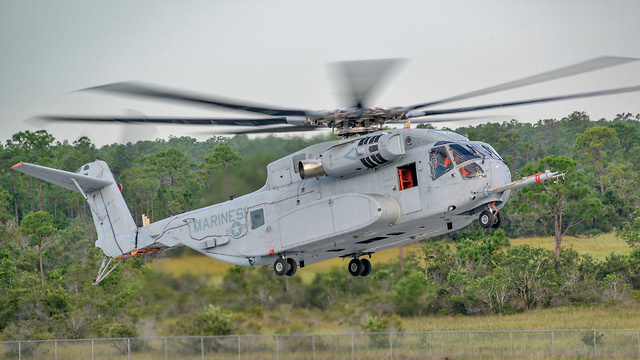
Sikorsky-Lockheed Martin President Dan Schultz noted that “the King Stallion can land on its own in a predefined spot. The pilot can ‘talk’ to the helicopter and plan the mission on a tablet before entering the cockpit.
“When we planned the plane, we thought about how to help pilots be as confident as possible in the helicopter’s operation and in their convenience. The cockpit systems, for example, including the joysticks and the seat, are adjustable in accordance with the pilots’ movements and height, unlike other helicopters.
“There are other helicopters that are cheaper than the King Stallion. You can see the Grand Canyon with them, but you can’t carry military vehicles, fuel, water and ammunition to remote locations. The Chinook technology is very old and its new version doesn’t exist yet,” he said about the competitor.
Addressing the King Stallion’s almost unlimited automaticity, Col. Vanderborght added: “I visited your base at Tel Nof and saw you have a regular 15-minute alert for sending the Sea Stallion. The King Stallion helicopter can speed up and shorten many processes with such an alert, like the checklist before every takeoff, which is automatically carried out by the helicopter.”
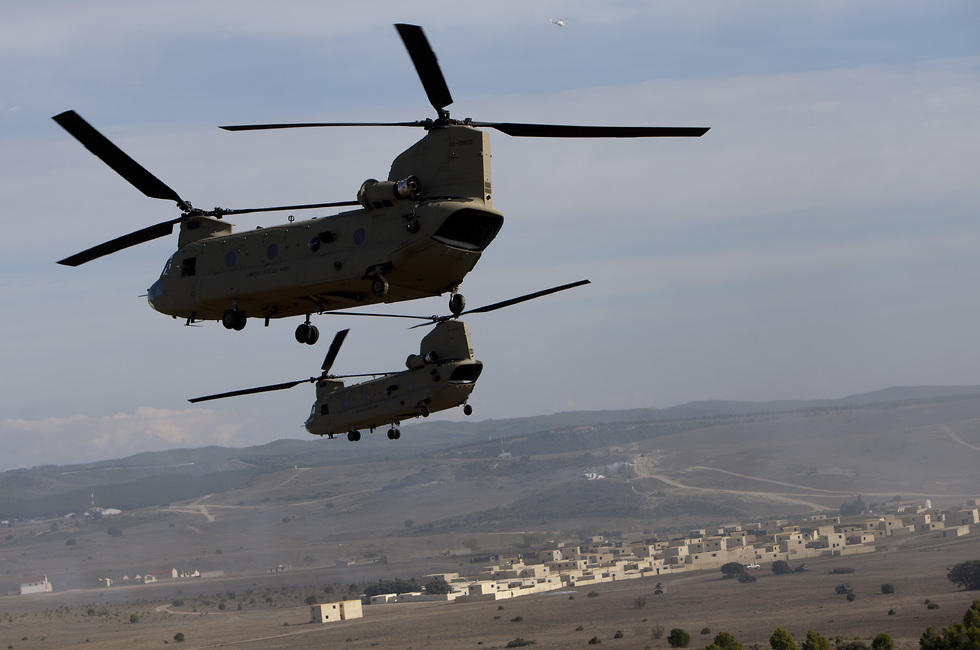
The veteran Boeing CH-47 Chinook can carry a similar number of fighters—several dozen, depending on the flight configuration—and several military tools.
“It has three cargo hooks to carry and unload cargo separately, in different locations,” explained Officer James, the helicopter pilot involved in the Chinook project on behalf of the US Army. “The Chinook is also capable of removing the transported military vehicles during the flight, at a low altitude. The helicopter has defense and firing systems in the front and in the back, and an ability to fly safely even at high speeds and at maximum payload. The helicopter has two hydraulic systems and two batteries, so if we lose one we have the other one as backup during the flight.”
The helicopter decision is just one in a series of decisions the defense establishment is expected to make in the coming year, in light of the beginning of the new American aid program to the IDF, which will run through 2029 and include unprecedented purchases that will change the face of Israel’s strategic arm and upgrade its abilities. One of the dilemmas has to do with the identity of the future combat squadron, the new F-15 version or another F-35 Lightning II (Adir) squadron.
As reported by Ynetnews
